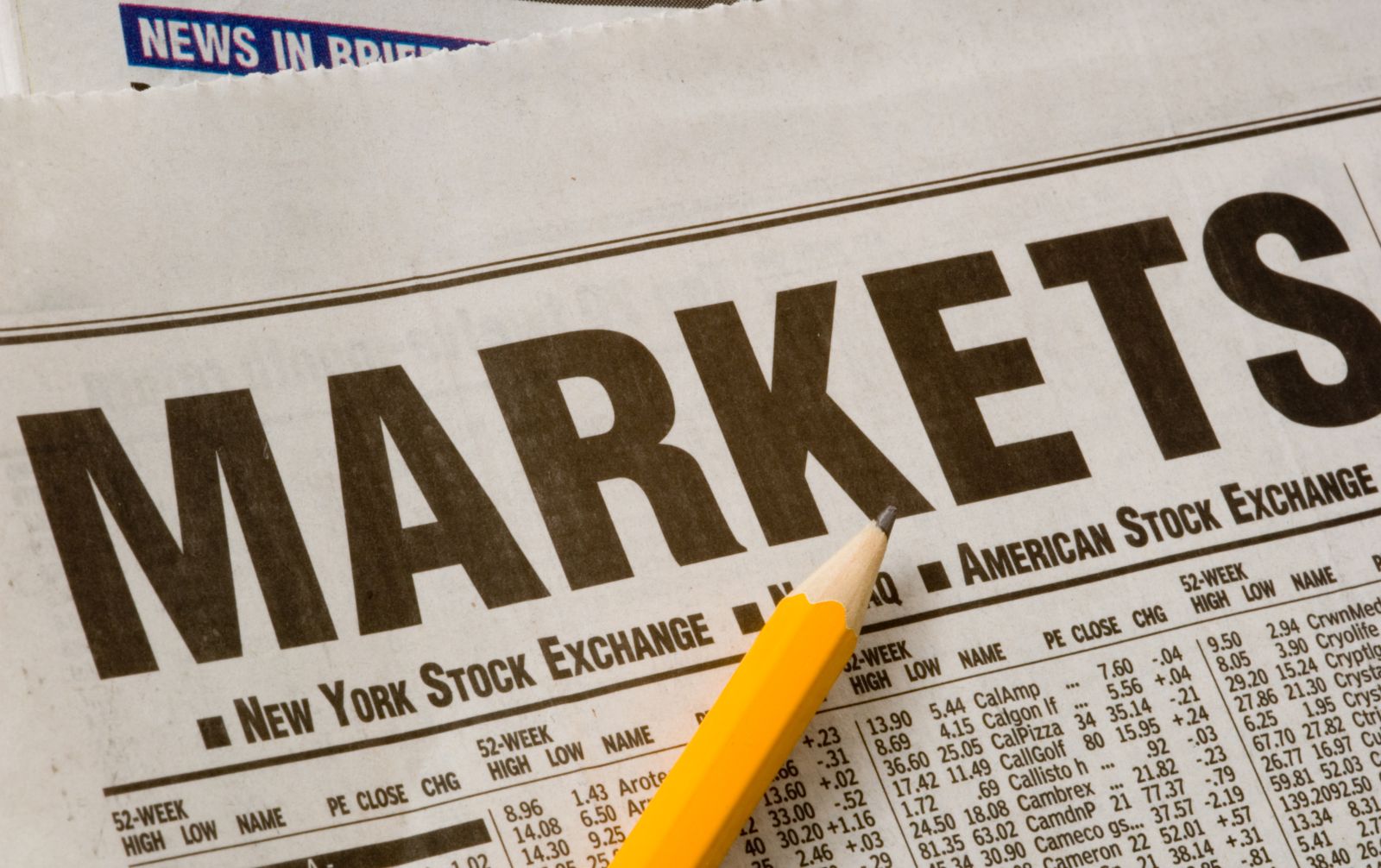Was the Recent VIX High an Extreme?

The VIX was tailor-made for the financial panic that swept through the markets in early April. After languishing at relatively low levels for most of 2023 and 2024, the VIX exploded to a high of 60.13 on April 7th, a level not seen since the pandemic or the 2008 financial crisis. Since the tariff-related panic has subsided (for now), the VIX has slid back to more “normal” levels in the mid to high-teens.
Several questions come to mind: did the VIX behave in a more extreme fashion during the latest panic than during the last two most significant financial crises, the 2008 Great Recession and the 2020 pandemic? Also, and since uncertainty influences the VIX, was the level of uncertainty truly higher during the most recent crisis, or are market participants suffering from an extreme case of recency?
To find out, we examined several factors that influence the VIX, specifically, the volatility risk premium (VIX – SPX historical volatility), the shape of the VIX futures curve (the degree of backwardation or contango), and the implied correlation between options on the SPX index and its single stock components (the Cboe 3-Month Implied Correlation Index). All data was obtained from OptionMetrics’ IvyDB US historical options database. We then compared those factors to the maximum levels they attained during the last two crises.
The results are below:

Comparing the metrics above, it would seem at first glance that the tariff panic was not as severe on a volatility basis as the previous two crises. However, what stands out is that it took only five days for the VIX to peak, and another 14 days to revert to the level from which it started. This may have led some to perceive that the volatility spike resulting from the tariff panic was more severe than it actually was.
Since the VIX responds to economic, financial, and political uncertainty, we also examined the Economic Policy Uncertainty (EPU) Index. Developed by three economics and finance professors, it is constructed from three components – newspaper coverage of economic policy uncertainty, changes to the tax code, and disagreement between economic forecasters. The index is calculated for the US and other countries, as well as for more specialized policy categories.
Since 1985, the EPU index is the highest it has ever been, and by a significant margin (see chart below).


As you can see, even if the three component index were to decline significantly from current levels, it would still be above the levels recording during the 2020 Pandemic, the 2008 financial crisis, the dot-com bust, and the 1987 crash. Using the one component, news-based index, current levels are higher than during WWII and the Great Depression. Even if allowances are made for data gathering or methodological inconsistencies, the results would probably still be the same.
The conclusion is clear: despite the fact that volatility did not react as impressively during the tariff panic as during the 2008 financial crisis or the pandemic, economic policy uncertainty is at record all-time levels. Although the VIX has returned to more “normal” levels, this suggests that VIX spikes related to economic policy surprises and general uncertainty are still very possible.
For more insights on futures, stocks, ETFs, the options market, and volatility, visit the OptionMetrics blog.
Divya Patel, a M.S. candidate in financial engineering at the NYU Tandon School of Engineering, assisted in the preparation of this article. Many thanks.
There is an inherent risk involved with financial decisions. The information in this article is for informational purposes only and is not intended to provide financial advice. Views expressed are those of the author and are not necessarily those of the company.